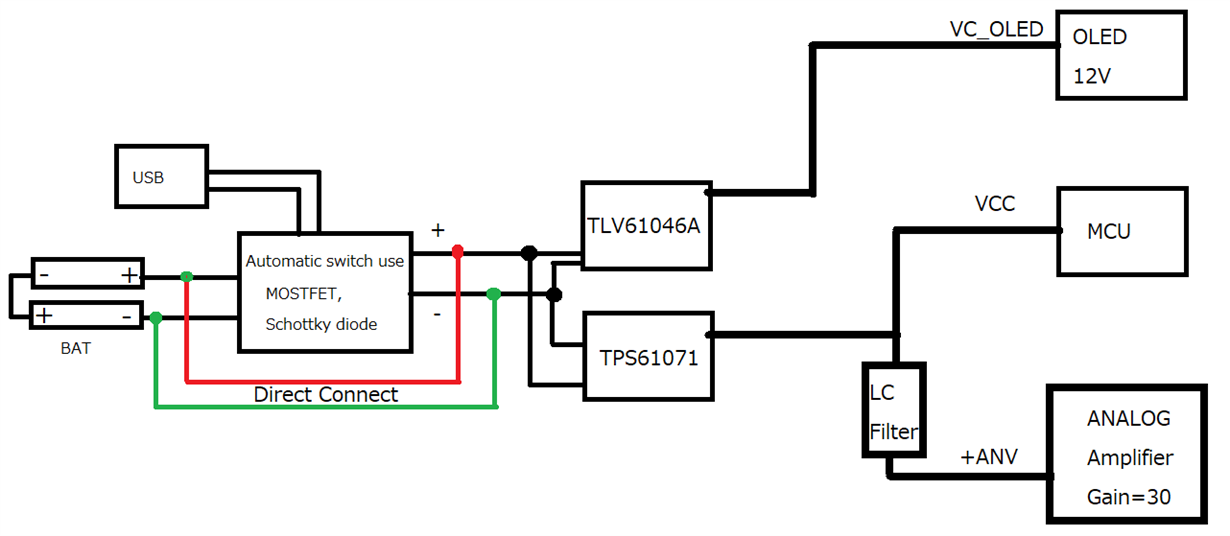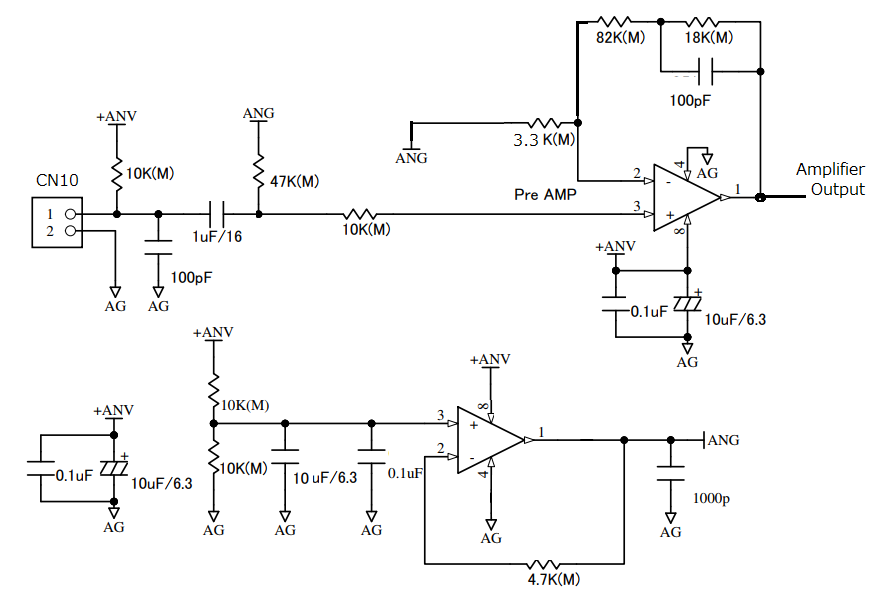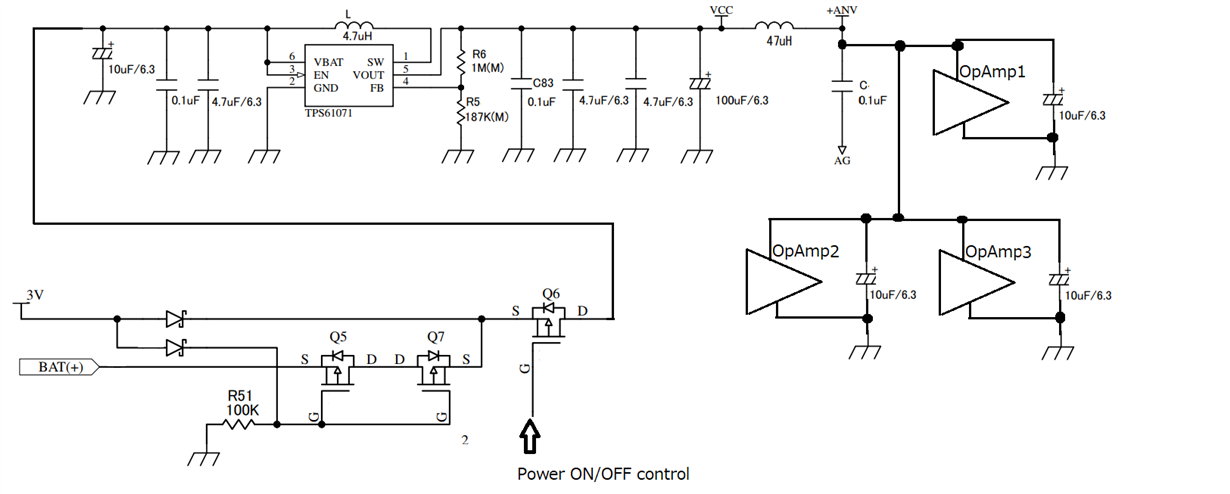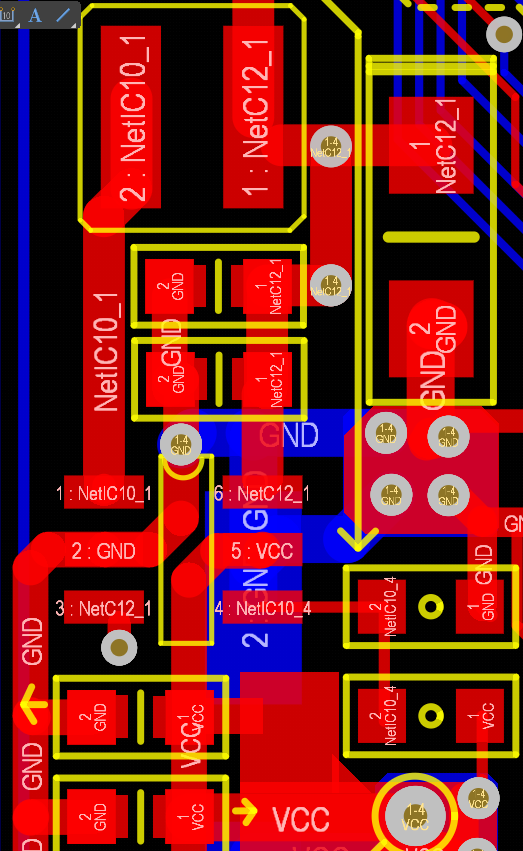Other Parts Discussed in Thread: TPS61071, TLV61046A
Hi team,
I am using TPS61071+TLV61046A for my project use two alkaline batteries in series boost to 3.3V for MCU and analog amplifier, boost to 12V for OLED.
Connection diagram as shown below, When powering up (CN10 is OPEN)AmplifierOutput get low frequency noise(about 107Hz).Noise of AmplifierOutput is not exist when remove OLED. TPS61071 and TLV61046A of input and output I try increase the capacity of the electrolytic capacitor then the noise frequency will shift a little. If I connect battery direct to TPS61076 or TLV61046A or both noise of AmplifierOutput is not exist. MOSTFET have RDS(on)=0.29ohm when VGS=2.5V. Please tell me what is issues ?How to resolve it?
Thanks and Best Regard





